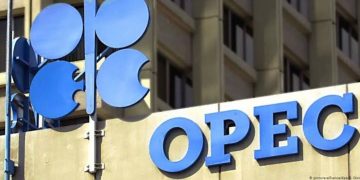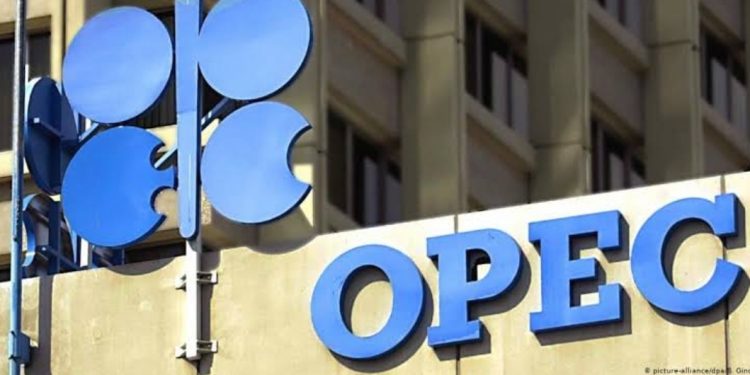By John Ikani
Latest data from the Organisation of Petroleum Exporting Countries (OPEC) have shown that Nigeria’s oil production volume rose to 1.45 million barrels per day in September, up from the 1.29 million barrels it recorded in August.
The rise comes amid disruptions in oil production and maintenance challenges, even as sustained subsidy payments and lower production continue to take a toll on the country’s forex reserves and fiscal position.
A surge in pipeline sabotage, leading to a rise in crude theft and frequent shut down of oil export terminals, is undermining the country’s capacity to earn a decent income from the oil rally, while subsidy payments, which are expected to rise in lieu of higher oil prices, have become a drain on the purse of the Federal Government.
Consequently, at over $83 a barrel, the Federal Government is yet to enjoy the benefit of the rally, as OPEC expects this year’s global oil demand to grow by 5.8 million barrels per day (bpd) from the low 2020 levels, down from last month’s estimate of 5.96-million-bpd yearly growth.
OPEC’s latest Monthly Oil Market Report (MOMR) pegs demand at 100.8mn b/d in 2022, up by 4.2mn b/d compared with this year.
“The main oil demand assumption remains as highlighted last month, with healthy economic momentum in the main consuming countries and better COVID-19 management,” OPEC said.
In terms of refined products, the 2022 forecast sees gasoline and diesel demand increasing the most, supported by continued recovery in mobility and rising industrial activity.
For this year, OPEC has lowered its oil demand growth estimate by 140,000 b/d compared with last month’s MOMR, despite the potential for gas-to-oil switching in the power sector.
Transportation and industrial fuel demand was lower than expected in OECD regions in the first half of this year, while in non-OECD countries downward revisions were made on the back of lower demand in the third quarter.
“The resurgence of COVID-19 cases reduced mobility in China during August, while the demand recovery in India was slower than initially anticipated,” the cartel added.
On the supply side, OPEC also revised its 2022 forecast for non-OPEC production growth up by 70,000 b/d to just over 3mn b/d, reflecting higher output estimates in the US and Kazakhstan.
But it has cut its projection for non-OPEC growth this year by around 260,000 b/d to 660,000 b/d, driven by hurricane-related shutdowns in the US and a force majeure at a Canadian oil sands site.
The updated supply and demand projections leave the forecast call on OPEC members’ crude at 27.8mn b/d in 2021 and 28.8mn b/d in 2022, each up by 100,000 b/d compared with last month’s MOMR.



































